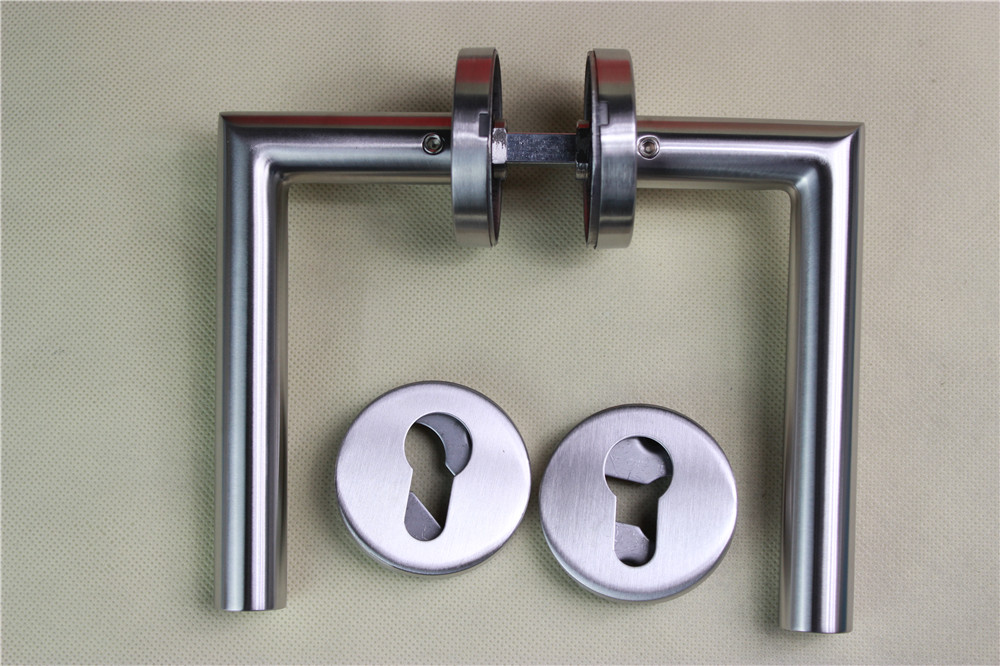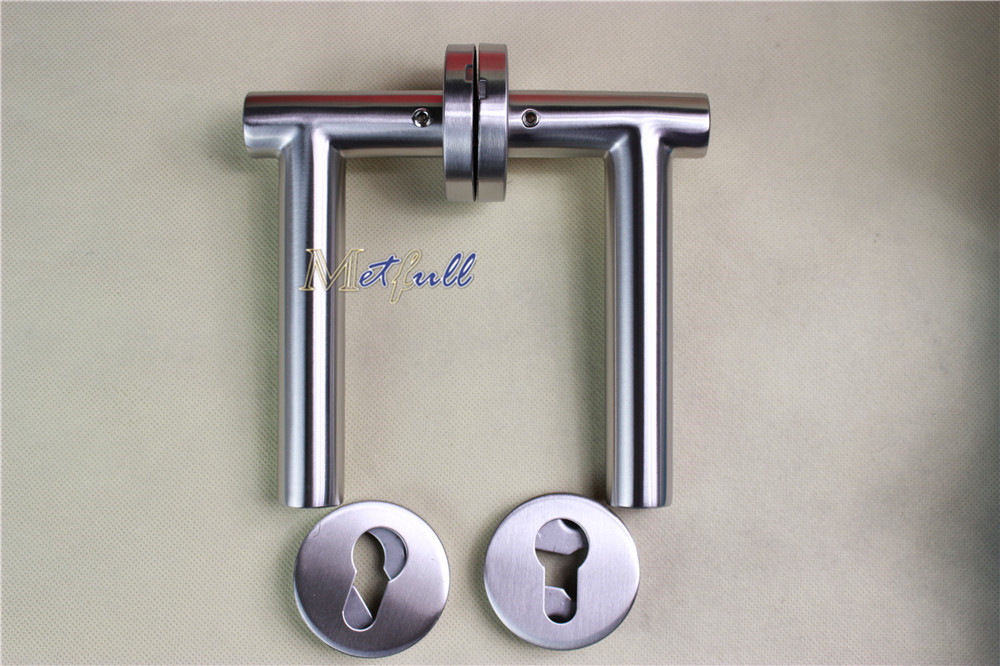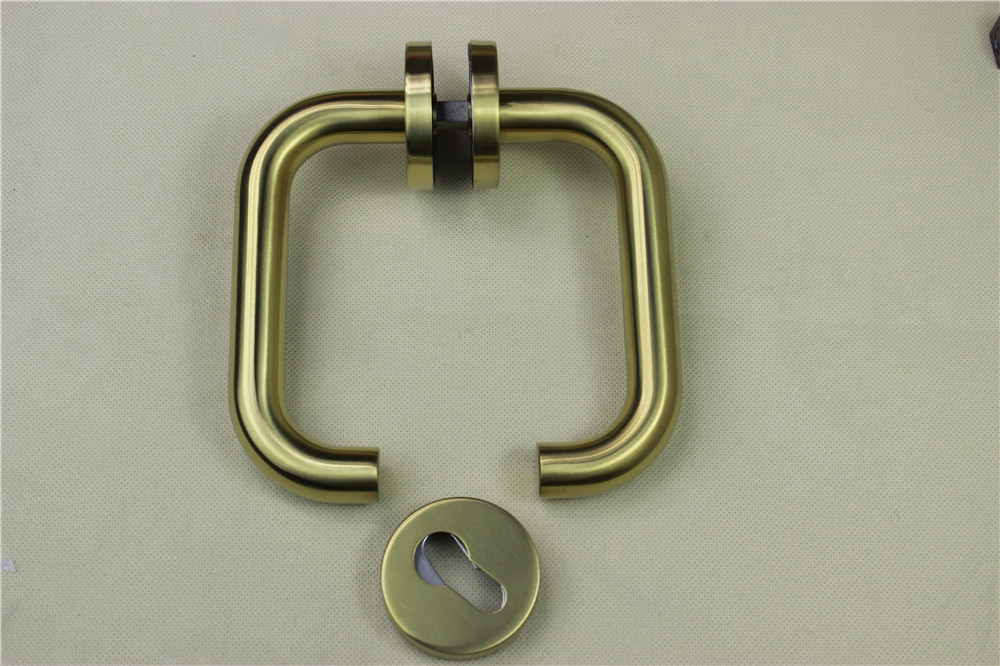Expert: This question is very good. It is common to spend money to buy fertilizer but the effect is not good. This is because fertilization is a highly technical stimulation measure. Fertilization is only a specific technique in fertilization technology, not its full content. Fertilization technology includes six aspects: 1. Fertilizer type or variety; 2. Fertilization amount; 3. Raise the distribution ratio; 4. Fertilization period; 5. Fertilization methods and methods; 6. Fertilization location. Each of these specific fertilization techniques is closely related to the fertilization effect.
Reporter: How do farmers master the specific technology of fertilizer types or varieties?
Expert: In one sentence, fertilization is the right way. Now let me talk about this problem.
First, it is necessary to rationally use various organic fertilizers according to local fertilizer sources. Rational application of organic fertilizer can not only provide a variety of nutrients for crops, but also play an important role in soil fertility. In addition, there are benefits to reducing environmental pollution.
Second, it is necessary to rationally apply various types of fertilizers according to the nutritional characteristics of the crops. For example, food crops should be supplemented with nitrogen and phosphorus fertilizers. In addition to applying nitrogen and phosphorus fertilizers, cash crops should be supplemented with appropriate amounts of potash fertilizer. In addition to the application of NPK fertilizer, fruit trees are also very important for spraying micro-fertilizer on the foliage. Chlorinated fertilizers should not be applied to crops that are sensitive to chlorine.
Third, it is necessary to rationally select fertilizer based on soil conditions. For example, nitrate-type nitrogen fertilizer should not be applied in paddy fields, phosphate rock powder should not be applied on calcareous soil, and chlorinated fertilizer should not be applied on saline-alkali soil.
Reporter: Professor Chen, you can't really underestimate the specific fertilization technology. I heard that determining the amount of fertilizer is the core of fertilization technology. How should this problem be understood?
Expert: This question should be seen this way. The amount of fertilizer applied by farmers based on experience is often unscientific, and the result is not high or insufficient. Even if other specific fertilization techniques are reasonable, it is difficult to obtain high yields due to high fertilization rates, and waste of fertilizer. The amount of fertilizer applied is insufficient, and the demand for nutrients of crops cannot be met in time, and it is difficult to exert the potential for increasing the yield of land. Therefore, determining the amount of fertilizer is the core issue in fertilization technology.
Reporter: How should the fertilization ratio of fertilization be mastered?
Expert: Balanced fertilization is a new technology for high yield, high quality and high efficiency of crops. For high-yield fields, it is more important to balance the fertilization ratio and the superiority of balanced fertilization than to increase a certain nutrient input. At present, the ratio of nitrogen and phosphorus nutrients is generally 1:0.5, but farmers should be reminded that the ratio of nutrient distribution is not fixed, especially long-term application of diammonium phosphate, and the soil available phosphorus content increases rapidly. The ratio of nutrient distribution should be adjusted in time to fully exert the role of balanced fertilization.
Expert tips:
1. Fertilization is a highly technical measure to increase production. It includes six specific content, of which the amount of fertilization is a core issue and very important.
2. Fertilize according to the nutritional characteristics of the crop, soil conditions and fertilizer properties. In a word, it is the right way to fertilize.
3. The nutrient ratio of fertilization is not fixed. It should be adjusted according to the changes in soil nutrients, in order to meet the principle of balanced fertilization, thereby improving fertilizer efficiency.
Expert: Today I will continue to talk about the other three aspects: fertilization period, fertilization methods and methods, and fertilization position. Fertilization should grasp two key fertilization periods, one is the critical period of crop nutrition, usually in the seedling stage. This period is characterized by the fact that crops need not many nutrients, but it is urgent, if there is lack of nutrients, it will be for future growth and development. great influence. The other is the maximum efficiency of fertilizer, which is generally in the period of vigorous growth of crops. At this time, the amount of nutrients needs to be large, and the effect of top dressing is very good. For example, corn is in the big bell stage, wheat is in the jointing booting stage and cotton is in the flowering and ringing stage. In addition, farmers' friends should adjust the topdressing time and fertilizer dosage according to the principle of “before, after, and at the timeâ€.
Reporter: So, how should farmers friends master the methods and methods of fertilization?
Expert: Let me talk about the fertilization method first. A complete crop fertilization program consists of three types of fertilization: base fertilizer, seed fertilizer and topdressing. The base fertilizer is the fertilizer applied before the plant is planted or at the time of planting. The organic fertilizer is mainly used, and a part of the fertilizer is often used together. Fertilizer is a fertilizer applied to the seed when the crop is planted, mainly for nutrients used in the seedling stage. Topdressing is a fertilizer applied during crop growth, which meets the nutrient requirements of the crop in the middle and late stages. Topdressing mainly uses chemical nitrogen fertilizer. It should be pointed out that the three fertilization methods should be flexible and should not be consistent.
Next, let me talk about the fertilization method. The base fertilizer generally has a good effect on autumn, because the autumn base fertilizer can be combined with the grounding to ensure the depth of fertilizer application. In the spring of North China, the base fertilizer is easy to run, which is not conducive to emergence.
Reporter: May I ask Professor Chen, what are the technical requirements for applying fertilizer?
Expert: The principle of chasing fertilizer is: all ammonium nitrogen fertilizer and urea should be applied deep to reduce nutrient loss and improve fertilizer utilization. Farmers' friends are very understanding of the chemically unstable ammonium bicarbonate, and it is very difficult to understand the chemically stable urea. However, the urea applied in the soil is chemically changed in the soil and is the same as ammonium carbonate. It can also cause nutrient loss. For densely planted crops such as wheat and millet, it is difficult to apply deep soil cover when topdressing, and it can only be applied, but it must be watered immediately after application. The chemical phosphate fertilizer has little mobility in the soil, and the effect of deep application and concentrated application is good. Micro-fertilizer should promote foliar application, and the application of liquid micro-fertilizer on foliar surface is better than the application of solid micro-fertilizer in soil.
Reporter: Finally, Professor Chen is asked why the position of fertilization is important, ok?
Expert: Ok. For example, in cropping crops such as corn and cotton, topdressing should be combined with cultivating to adopt the lateral lower fertilization method. It is wrong for farmers to use fertilizers on the surface near plants. Fertilizer should be applied to the soil layer with more roots to facilitate the absorption of nutrients in the roots of the crop, because the root hair area is the most active area for absorbing nutrients.
Expert tips:
1. Fertilization should grasp two key fertilization periods, one is the critical period of nutrition, generally in the seedling stage; the other is the maximum efficiency period of fertilizer, generally in the period of strong crop growth.
2. The three types of fertilization methods, such as base fertilizer, seed fertilizer and topdressing, should be flexible, and do not insist on consistency. In the fertilization method, all ammonium nitrogen fertilizers and urea should be applied to the soil; the water-soluble phosphate fertilizer should be used in a concentrated manner.
3. Fertilization should also pay attention to the location of fertilization. Fertilizer should be applied to the soil layer where the roots are concentrated to facilitate the absorption and utilization of roots.
4. Fertilization is a highly technical measure to increase production. The comprehensive application of various fertilization techniques can bring out the maximum benefits of fertilization.
From: Agricultural Resources Guide
Hollow Lever Handle has two properties, namely hollow tube handle and imitation solid casting handle. Hollow lever handle lighter weight, affordable, cost-effective. Imitation hollow lever handle a variety of shapes. Ergonomic theory, suitable for a variety of purposes, the product can be customized according to your specific needs.
Material: SUS304 / SUS316 stainless steel
Handle Specifications: Specific products can be viewed according to the product details
Conventional decorative cover: diameter 53 x9mm φ52 * 5
Surface treatment: sanding, polishing, PVD



Hollow Lever Handle
Hollow Lever Handle,Door Handles With Bend Hollow,Hollow Aluminum Lever Handle,Hollow Decorative Door Handle
Metfull Metal Products Co.,LTD. , http://www.metfull.com